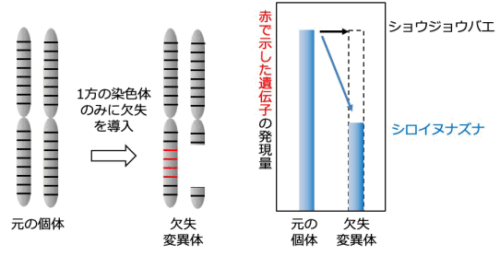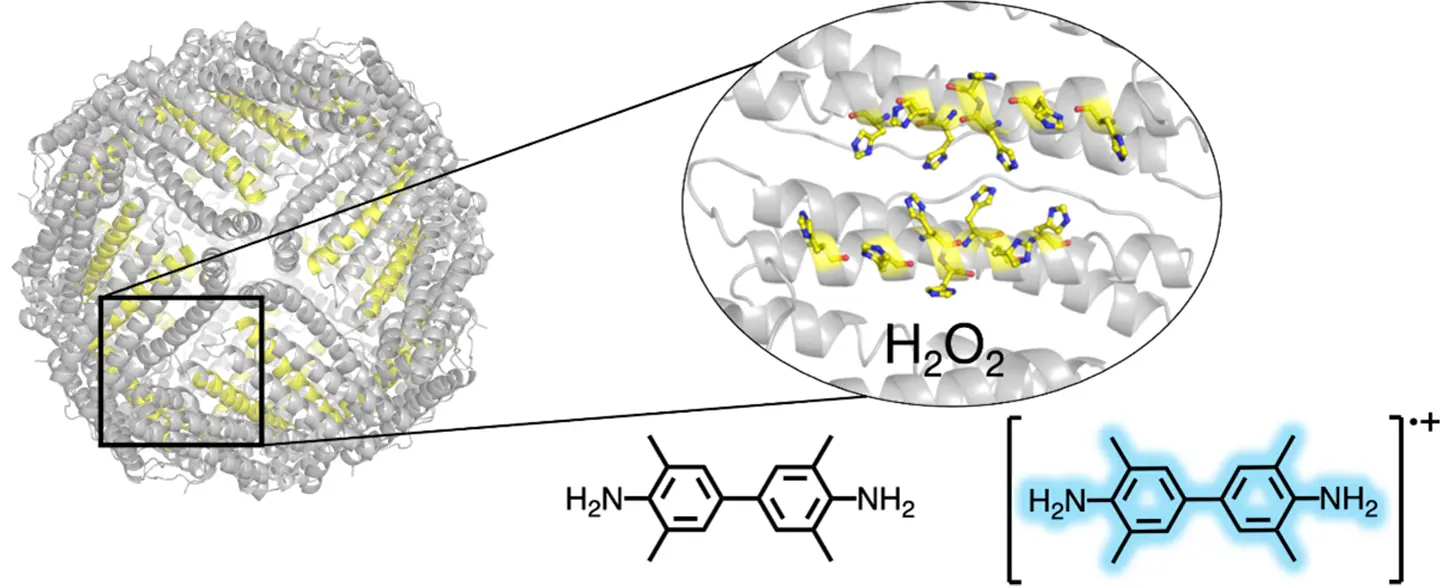2025-05-20 静岡大学

<関連情報>
- https://www.shizuoka.ac.jp/news/detail.html?CN=10921
- https://www.science.org/doi/10.1126/sciadv.adv7488
赤色藻類の祖先に近いGaldieria sulphuraria由来の光化学系Iスーパーコンプレックスの構造 Structure of a photosystem I supercomplex from Galdieria sulphuraria close to an ancestral red alga
Koji Kato, Minoru Kumazawa, Yoshiki Nakajima, Takehiro Suzuki, […] , and Ryo Nagao
Science Advances Published:16 May 2025
DOI:https://doi.org/10.1126/sciadv.adv7488
Abstract
Red algae exhibit unique photosynthetic adaptations, characterized by photosystem I (PSI) supercomplexes containing light-harvesting complexes (LHCs), forming PSI-LHCI supercomplexes. In this study, we solved the PSI-LHCI structure of Galdieria sulphuraria NIES-3638 at 2.19-angstrom resolution using cryo–electron microscopy, revealing a PSI monomer core associated with seven LHCI subunits. Structural analysis uncovered the absence of phylloquinones, the common secondary electron acceptor in PSI of photosynthetic organisms, suggesting adaptation to a benzoquinone-like molecule. Phylogenetic analysis suggests that G. sulphuraria retains traits characteristic of an ancestral red alga, including distinctive LHCI binding and interaction patterns. Variations in LHCI composition and interactions across red algae, particularly in red-lineage chlorophyll a/b–binding–like protein and red algal LHCs, highlight evolutionary divergence and specialization. These findings not only deepen our understanding of red algal PSI-LHCI diversification but also enable us to predict features of an ancestral red algal PSI-LHCI supercomplex, providing a framework to explore evolutionary adaptations from an ancestral red alga.


